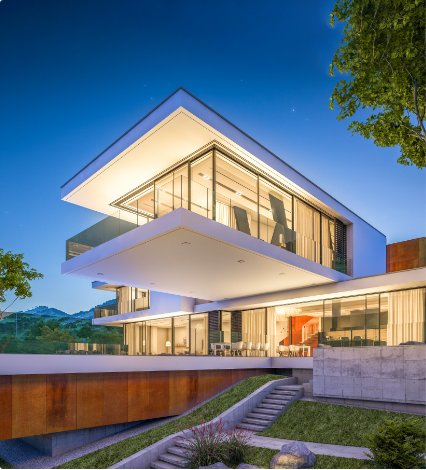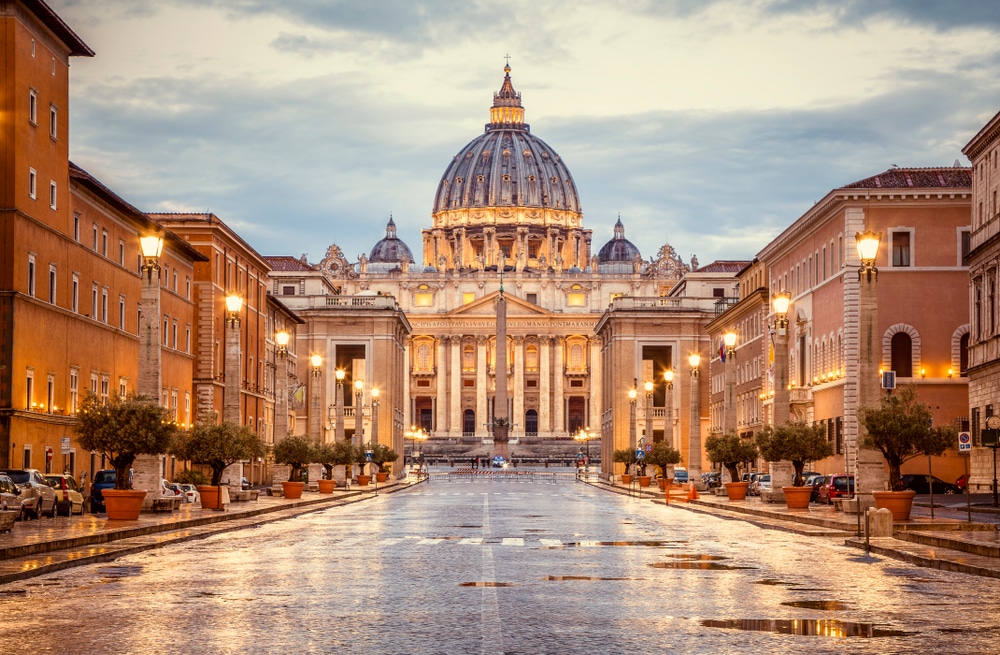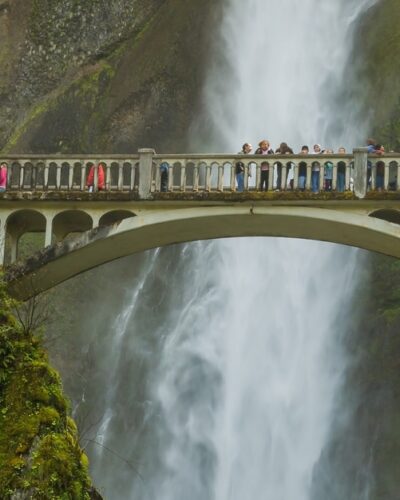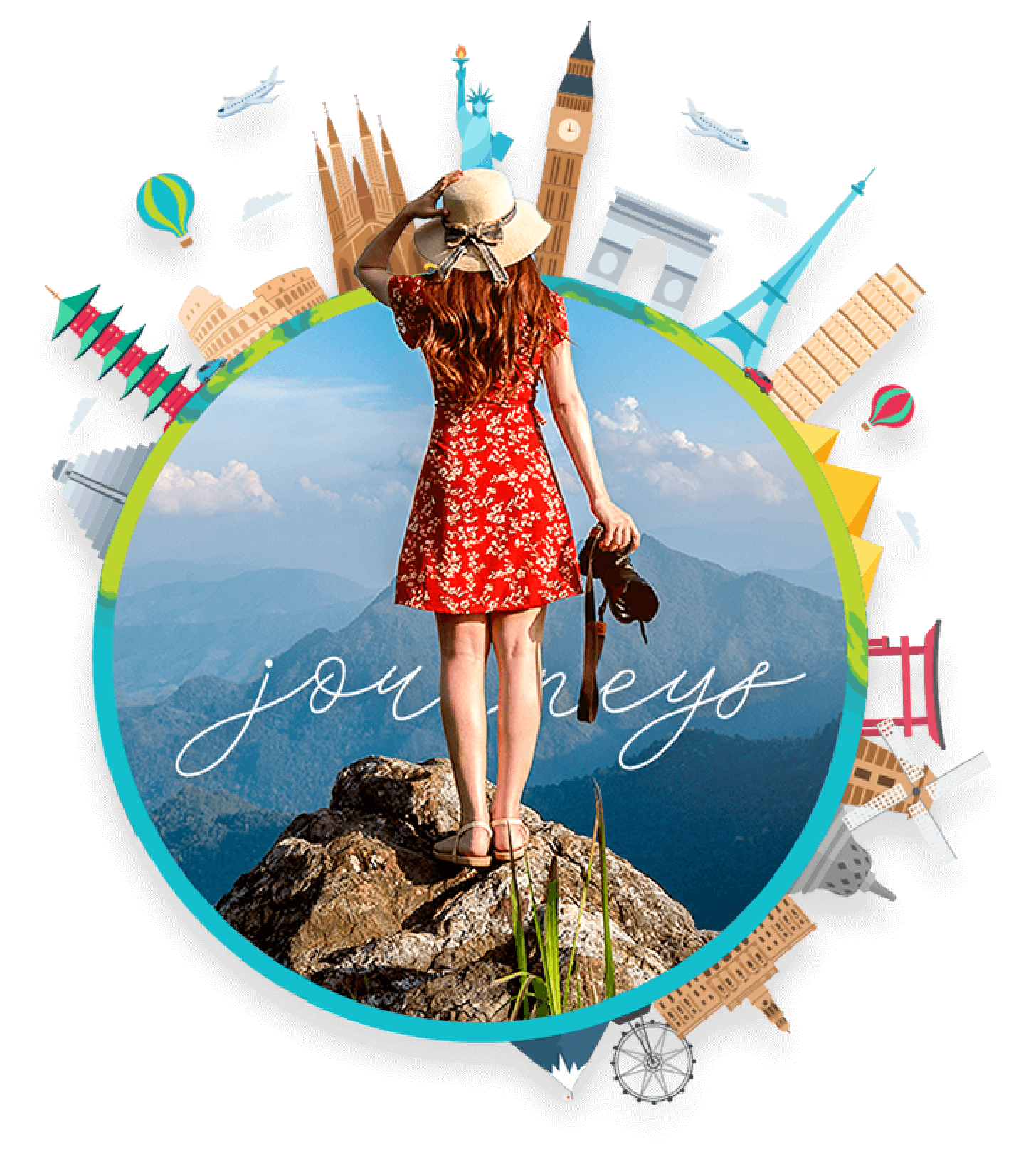Rome is one of Europe’s most popular and fascinating cities, with no end of ancient history to explore. In addition, it’s a hub of religious culture and home to some of the world’s best-preserved ancient buildings and artifacts.
There’s no shortage of attractions to visit, but with so much to do, it can be overwhelming to decide which activities to add to your itinerary. This list of unique things to do in Rome covers unusual sights for returning visitors as well as must-see sights for those visiting Rome for the first time.
1. Indulge in Nature and Art in Villa Borghese

- Address: Piazzale Napoleone, Roma
- Website: sovraintendenzaroma.it/villa_borghese
- Opening hours: 24/7
Villa Borghese is a huge park set in the northern portion of the city of Roma. It was originally established in 1606 when Cardinal Scipione Cafferelli Borghese built a luxurious villa in which to house his collection of art and furnishings.
Over the following centuries, the gardens were expanded, and additional buildings were added to create the extensive park that is loved by locals and tourists today.
A popular attraction within the villa is the Galleria Borghese. This art museum houses a variety of sculptures, paintings, and antiques. Collections in the Borghese gallery include works by masters Caravaggio, Raphael, Rubens, and Titian.
The park is also home to a theatre, an arthouse cinema, a zoo, several museums, and spectacular fountains and sculptures.
2. Walk Through the Eerie Crypts of Ancient Roman Catacombs

- Address: Via Vittorio Veneto, 27, Roma
- Website: museoecriptacappuccini.it/en/
- Opening hours: 10.00 am to 07.00 pm daily
The Catacombs of Rome are an extensive network of underground crypts and burial chambers that date back as far as 100 AD.
They offer insights into rituals surrounding early Christian burials in ancient Rome, and a guided tour of the catacombs is an opportunity to learn about the persecution of Christians in Rome at this time.
The Capuchin Crypt sits beneath the Church of Santa Maria della Concezione. Bones of deceased Capuchin Monks decorate the crypt walls to remind us of our own mortality.
There are many other catacombs and crypts to explore throughout the city. Domitilla is the largest: it incorporates a sunken church with a fresco of the Last Supper that dates back to the second century.
3. See Beautiful Baroque Architecture in Piazza Navona

- Address: Piazza Navona Road, Roma
- Website: turismoroma.it/en/places/navona-square
- Opening hours: 24/7
Piazza Navona was originally built in 86 AD to serve as an athletics stadium. It was edged with stands to seat up to 20,000 spectators. When the Roman Empire fell, the stands were replaced with houses. The athletics field became one of Rome’s most famous and beautiful squares.
There are several notable 17th-century structures in Piazza Navona such as Sant’Agnese in Agone, a grand Baroque church commissioned by Pope Innocent X. Another highlight is La Fontana dei Quattro Fiumi (The Fountain of the Four Rivers) which was designed by Bernini.
It features four statues to represent the Ganges, Nile, Donau, and Rio de Plata rivers. Its 52-foot obelisk was originally part of the Circus of Maxentius on Via Appia.
4. Visit the Birthplace of Rome on Palatine Hill

- Address: Via di San Gregorio, 30, Roma
- Website: parcocolosseo.it/en/area/the-palatine/
- Opening hours: 09.00 am to 04.30 pm or 07.00 pm, depending on the season.
Palatine Hill, which overlooks the Roman Forum, is considered the birthplace of Rome. Historians believe that people have lived here since 1,000 BC. Upper-class Roman citizens began to build grand palaces on Palatine Hill in the Republican period, and the remains of these structures can be seen today.
You can learn about them in the Palatine museum, which also houses a series of sculptures and artworks from the hill’s golden age.
An important viewing point is Domus Flavia, Emperor Domitian’s official residence. Another house nearby, estimated to be built in the 1st century BC, is incredibly well-preserved and offers glimpses of its original frescoes and mosaics. You can also visit the House of Augustus, the Hippodrome of Domitian, and the Farnese Gardens.
5. Witness the Skull of St. Valentine and the Mouth of Truth

- Address: Piazza della Bocca della Verità, 18, Roma
- Website: turismoroma.it/en/places/basilica-santa-maria-cosmedin
- Opening hours: 09.30 am to 05.50 pm daily.
The Basilica di Santa Maria in Cosmedin is home to a human skull that is said to be that of St. Valentine. The skull is kept in a gold-framed glass case. St. Valentine was originally buried in northern Rome. It’s believed that his body was exhumed in the 19th century so that a priest could use his skull to conduct a healing ritual.
The skull is one of Rome’s more unusual and eerie attractions. A trip to the Basilica di Santa Maria also gives you an opportunity to see the Mouth of Truth. This marble mask is thought to depict the sea god Oceanus, and it’s said that the mask will bite off the hand of anyone who utters a lie.
6. Roam Ancient Rome’s Iconic Colosseum

- Address: Piazza del Colosseo, 00184, Roma
- Website: parcocolosseo.it/area/colosseo
- Opening hours: 09.00 am to 04.30 pm or 07.00 pm, depending on the season.
The Colosseum is Rome’s best-known must-see tourist attraction, welcoming 6 million tourists every year. It offers insights into ancient Roman life because it served as the city’s social hub during the 500 years that it was active.
Crowds of over 50,000 people would gather in the Colosseum to watch gladiator fights and view exotic animal exhibitions, battle recreations, and prisoner executions.
You can easily spend a full day at the Colosseum, particularly if you combine it with the Forum and Palatine Hill, as most visitors do. However, expect long queues during high season and buy skip-the-line tickets in advance to save time.
7. Take in Vatican City from St Peter’s Square

- Address: Piazza San Pietro, 00120, Roma
- Website: stpetersbasilica.info/Exterior/SP-Square-Area
- Opening hours: 24/7
Vatican City is a 100-acre independent state that sits within Rome. As the Roman Catholic Church’s center of authority, it’s one of the world’s most important religious sites. St. Peter’s Square is the perfect starting point for exploring Vatican City. It’s also a great place to indulge in people-watching while taking a break from sightseeing.
The plaza, which was constructed in the 17th century, sits right at the feet of St. Peter’s Basilica. It is flanked by four rows of columns and pilasters adorned with statues of religious figures. An impressive 82-foot obelisk sits at its center.
Crowds in excess of 300,000 people have filled this huge square during liturgies and papal events, which is incredible to imagine while standing in it yourself.
8. Be Awed by the Art and Architecture of St. Peter’s Basilica

- Address: Piazza San Pietro, 00120, Roma
- Website: vatican.va/content/vatican/en/info
- Opening hours: 07.00 am to 07.00 pm from April to September, 07.00 am to 06.00 pm from October to March.
Basilica San Pietro is one of the world’s most celebrated religious buildings. A stay in the Eternal City would be incomplete without a visit to this impressive feat of architecture and art. The church has an intricate facade at its front with statues of Jesus and the apostles. Inside, the beautiful architecture and decor showcase the mastery of Michelangelo and Bernini.
The church features incredible artworks by Roman Baroque, Francesco Borromini, and Pietro da Cortona.
The Basilica’s impressive dome, completed in 1614, stands 450 feet tall. It has inspired many other buildings around the world, such as London’s St. Paul’s Cathedral and Washington’s Capitol. In addition, it is filled with masterpieces from several renowned artists, such as the famous bronze statue of St. Peter, which is accredited to Arnolfo di Cambio.
9. Discover Magnificent Ancient Roman Design in the Pantheon

- Address: Piazza della Rotonda, 00186, Roma
- Website: pantheonroma.com
- Opening hours: 09.00 am to 07.00 pm daily.
The Pantheon is one of the world’s best-preserved buildings from ancient Rome. It was constructed by Emperor Hadrian in 118 AD. A rectangular, column-lined porch frames the front of the building, and a magnificent dome forms the interior. Few sights are more impressive than how the light spills through a central coffer to illuminate the Pantheon’s stonework.
Entrance to the Pantheon is free but requires a reservation on weekends and public holidays. Book an audio guide to learn about the monument and its history during your visit. For more detailed insights, consider taking a guided tour with the Pantheon’s official guides.
10. Visit the Hidden City of Water Beneath Trevi Fountain

- Address: Piazza di Trevi, 00187, Roma
- Website: turismoroma.it/en/places/trevi-fountain
- Opening hours: 24/7
The lavishly decorated Trevi Fountain is a tribute to the ancient Roman god Oceanus. It was designed and sculpted by Nicola Salvi in 1762. The fountain depicts Oceanus riding his Triton-pulled chariot. It’s a fantastic example of the Baroque style. For a more unusual visit, be sure to combine your visit with a trip to Vicus Caprarius — the City of Water.
Vicus Caprarius is an underground archaeological site that runs beneath the Trevi area. It is an ancient residential complex that incorporates a large water reservoir. A visit to Vicus Caprarius is an opportunity to learn about the various architectural developments that succeeded one another here over the course of thousands of years.
11. Climb the Spanish Steps in Piazza di Spagna

- Address: Piazza di Spagna, 00187, Roma
- Website: turismoroma.it/en/places/piazza-di-spagna
- Opening hours: 24/7
The Spanish Steps connect Piazza di Spagna with the Church of Trinita dei Monti. They were constructed between 1723 and 1726. This area of Rome had a high population of Spanish and French residents at the time. The steps were designed to serve as a meeting place for local citizens.
The stairway is divided into three tiers to represent the Father, the Son, and the Holy Spirit. A large crucifix obelisk sits at the top. You might recognize the steps from the classic movie Roman Holiday which starred Audrey Hepburn. Piazza di Spagna is a pretty and spacious square with cafes and shops to explore. It’s the perfect place to relax with coffee or gelato.
12. See Artistic Masterpieces in the Vatican Museums

- Address: Viale Vaticano, 00165, Roma
- Website: museivaticani.va
- Opening hours: 09.00 am to 06.00 pm, Monday to Saturday.
Over 70,000 pieces of historical and classical artwork exist within the Vatican museums. They were collected by various popes over many centuries. There are four key sections to explore, each with its own theme. Highlights include Raphael’s Transfiguration and Caravaggio’s Entombment of Christ.
Most people visit the Sistine Chapel and the Vatican Museums together. The Sistine Chapel is where new popes are elected. It’s here where Michelangelo’s famous Last Judgement fresco adorns the ceiling. Guided tours of the Vatican museums and the Sistine Chapel are the best way to learn about the artworks and iconography on display.
13. Enjoy Panoramic Views from the Castel Sant’Angelo

- Address: Lungotevere Castello, 50, 00193, Roma
- Website: castelsantangelo.beniculturali.it
- Opening hours: 09.00 am to 07.30 pm, Tuesday to Sunday.
Castel Sant’Angelo, also called the Mausoleum of Hadrian, was once Rome’s tallest building. This circular castle was originally erected in 129 AD. Over time it gradually became part of the Vatican. It is now connected to St. Peter’s Basilica via the Passetto di Borgo, a 2,600-foot elevated passageway.
When you visit Castel Sant’Angelo, be sure to climb the castle ramparts to see spectacular views of Rome. You’ll also want to walk across the bridge of Saint Angelo, which spans the Tiber river. Its marble facade, intricate decorations, and angel statues make it one of the most beautiful in Rome.
14. Get Lost in the Winding Streets of Trastevere

- Address: N/A
- Website: turismoroma.it/en/page/rione-xiii-trastevere
- Opening hours: 24/7
South of the Vatican and on the opposite bank of the Tiber River is the historic neighborhood of Trastevere. It has medieval houses, narrow streets and alleyways, and a lively atmosphere. There’s no end of pizzerias, cafes, and restaurants in Trastevere, so it’s the perfect place to take a food tour with a local guide.
Traditionally, Trastevere is a working-class neighborhood. A stroll around the area is a brilliant way to get a glimpse of authentic Italian life. It’s also a great opportunity to take in Rome’s charming medieval cobbled roads and winding streets.
15. Walk in the Footsteps of Ancient Romans on the Appian Way

- Address: Via Appia Antica, 00179, Roma
- Website: parcoappiaantica.it
- Opening hours: 24/7
Via Appia, or Appian Way, is an ancient stretch of road that once served as the key route into Rome from all regions of Italy. Start your visit at the Appia Antica visitor center, which has information about the road’s history and its key sights:
- The Tomb of Priscilla was erected in the 1st century by Titus Flavius Abascanto to bury his wife, Priscilla. It was then used as a fortress from the 11th century onwards.
- The Church of Domine Quo Vadis was constructed in 1673 to mark a spot that served as a sanctuary since the 9th century. It is thought that Jesus Christ first met St. Peter here.
- Colombario dei Liberti di Augusto is an ancient cemetery that was discovered in the 1700s. It housed the graves of slaves that Emperor Augustus freed.
- The Catacombs of St. Callixtus and St. Sebastian are underground burial sites of notable Christian martyrs.
- The Mausoleum of Romulus is an imposing structure erected by Emperor Maxentius in honor of his son.
- The Mausoleum of Caecilia Detella is an impressive ancient building erected by Marcus Licinius Crassus in honor of his wife.
16. Get a Warm Welcome to Rome in Piazza del Popolo

- Address: Piazza del Popolo, 00187, Roma
- Website: turismoroma.it/en/places/piazza-del-popolo
- Opening hours: 24/7
Piazza del Popolo, ‘The People’s Square,’ was first established in the early 1800s to welcome pilgrims and visitors. It’s home to several historic structures, including Basilica Parrocchiale, Chiesa di Santa Maria Dei Miracoli, and Porta del Popolo gateway.
Several fountains, including the ornate Fontana del Netuno, frame Piazza del Popolo. East of the square is Pincio hill which is the perfect place to get panoramic views of Rome.
17. Shop in the Lively Market of Piazza Campo de’ Fiori

- Address: Campo de’ Fiori, 00186, Roma
- Website: turismoroma.it/en/places/campo-de’-fiori-and-piazza-farnese
- Opening hours: 24/7
Piazza Campo de’ Fiori is home to Rome’s most popular market. Vendors of flowers, fruits, and vegetables sell their wares between 7.00 am and 2.00 pm every Monday through Saturday. In the evenings, the square is the perfect place to grab dinner and drinks from lively restaurants and bars.
The square was originally a field of flowers until Pope Callistus III paved it in 1456. It quickly became a prominent region for business and a key social area. Public executions took place here for several centuries: a statue of philosopher Giordano Bruno was erected here to honor him after he was burned at the stake for heresy in 1600.
Explore Big and Small Attractions in Rome
There’s no doubt that Rome’s most prominent attractions are worth visiting, but don’t forget to experience some of the city’s more unusual sights. From the Spanish Steps to Vatican City, get a comprehensive understanding of Rome’s unique beauty and culture.













